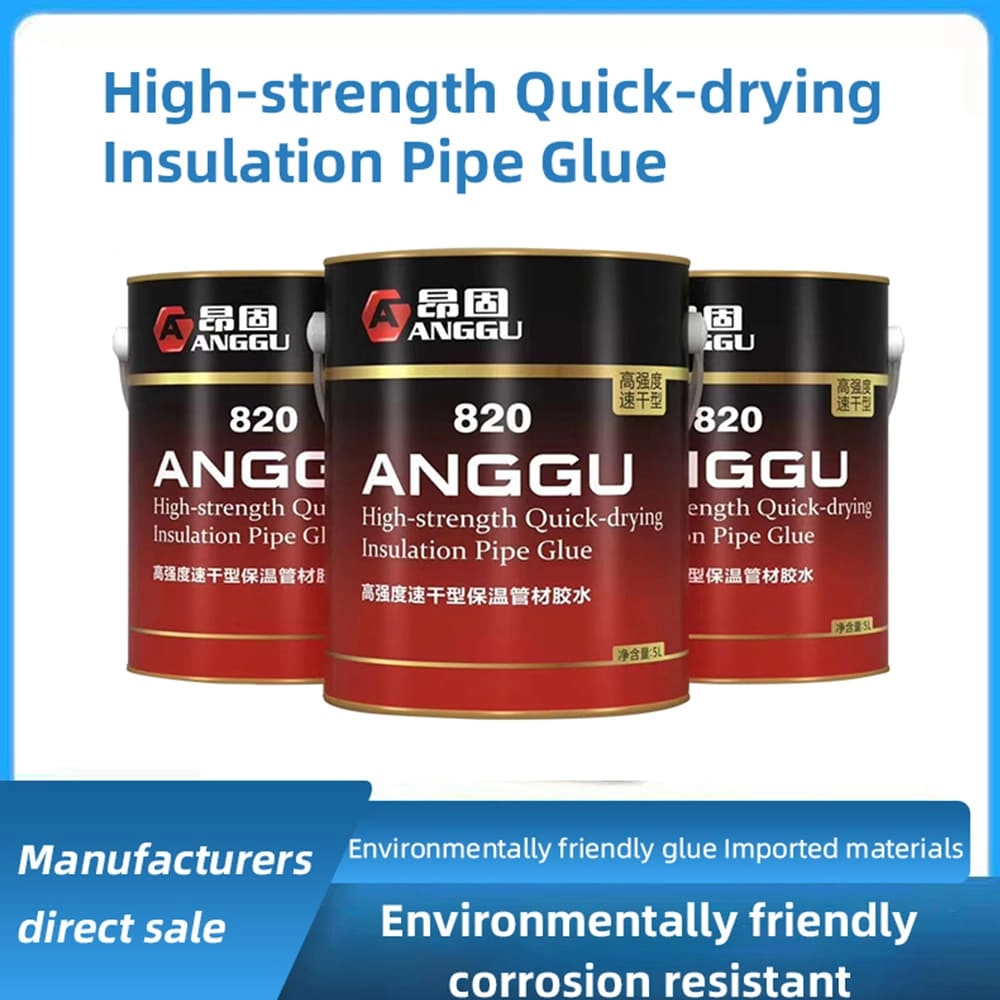Which is the best wall insulation? | FUNAS Guide
Explore the top 5 questions about the best wall insulation materials, including types, R-values, costs, and environmental impact to make informed decisions. Insights by FUNAS.
- Which is the Best Wall Insulation?
- 1. What Types of Wall Insulation Are Most Effective?
- 2. How Do I Compare R-Values of Wall Insulation?
- 3. What Is the Cost Difference Between Popular Wall Insulation Types?
- 4. Which Wall Insulation Is Best for Energy Efficiency and Environmental Impact?
- 5. Can Wall Insulation Help With Soundproofing?
Which is the Best Wall Insulation?
1. What Types of Wall Insulation Are Most Effective?
The most effective wall insulation materials vary by climate, wall type, and budget. Common options include fiberglass batts, spray foam, cellulose, rigid foam boards, and mineral wool. Spray foam offers high R-values (up to R-6.5 per inch) and air sealing but is more costly. Fiberglass is inexpensive with R-values around R-2.9 to R-3.8 per inch but less effective if compressed or installed improperly. Cellulose insulation is eco-friendly with R-values around R-3.2 to R-3.8 per inch and works well in cavities and for retrofits.
2. How Do I Compare R-Values of Wall Insulation?
The R-value measures insulation’s resistance to heat flow: the higher, the better. Wall insulation typically ranges from R-11 to R-23 for 2x4 or 2x6 framed walls. Spray foam insulation can reach R-6.5 per inch, compared to fiberglass batt’s R-3.5-3.8 per inch. For example, a typical 2x6 wall filled with spray foam can achieve R-19 to R-21, while fiberglass batts may reach R-19 but allow more air leakage.
3. What Is the Cost Difference Between Popular Wall Insulation Types?
Costs vary widely. Fiberglass batts typically cost $0.40 to $1.50 per square foot installed. Cellulose is approximately $0.60 to $2.00 per square foot. Spray foam is costlier at $1.50 to $3.00 or more per square foot. Rigid foam boards vary between $1.20 and $2.50 per square foot. While spray foam offers higher R-values and air sealing benefits, upfront costs are significantly higher.
4. Which Wall Insulation Is Best for Energy Efficiency and Environmental Impact?
Cellulose insulation is considered environmentally friendly due to recycled content (up to 85% recycled newspaper) and low embodied energy. Mineral wool, made from natural or recycled materials, offers fire resistance and durability. Spray foam provides air sealing which improves energy efficiency but is derived from petrochemicals and requires careful handling. Fiberglass contains recycled glass but has moderate insulation performance and potential skin irritation.
5. Can Wall Insulation Help With Soundproofing?
Yes. Mineral wool and dense-packed cellulose are better at sound attenuation due to their density and fibrous structure. Fiberglass also reduces sound but less effectively. Spray foam reduces air leakage, which improves noise blocking but is less efficient for airborne noise on its own. Combining insulation types with proper drywall installation improves wall soundproofing performance significantly.

Top 10 Insulation Adhesives for Heat & Soundproofing 2026

Top 10 Polyurethane Foam Brands in 2026

Top 10 Glass Wool Manufacturers and Supplier Brands of 2026

2026 Guide to Thermal Insulation Material Manufacturers
service
Are your rubber foam products environmentally friendly?
Yes, our insulation products are designed with sustainability in mind. They help reduce energy consumption by minimizing heat loss and gain, and they are made from durable materials that have a long life cycle, reducing the need for frequent replacement.
What types of rubber foam insulation products do you offer?
We offer a wide range of rubber foam insulation products, including custom shapes and sizes, thermal and acoustic insulation solutions, and options with specialized coatings such as flame retardancy and water resistance. Our products are suitable for applications in HVAC, automotive, construction, and more.
FAQ
How to start a consultation?
You can contact us through our website, phone, or email. We will arrange a professional staff to discuss your needs about best thermal insulator and how we can help you.
What is the typical delivery time for custom orders?
Our daily production capacity is 800 cubic meters. Delivery time varies depending on the complexity of the insulation material wholesale order, but we can deliver large quantities of customized products within 4-6 weeks after the approval date, and small quantities can be delivered within 15 days.
You might also like

Rubber Plastic insulation Material Glue

Wholesale Perfect Fire Resistant Performance High Strength Acoustic Mineral Wool Insulation Rock Wool Board Panel Plain Slab
Rock wool board, that is, a kind of exterior insulation material. When the market share of 90% of the organic thermal insulation materials in the stagnant wait-and-see, as a fire rating of A-class exterior insulation inorganic material rock wool, has ushered in an unprecedented market opportunity.

Blue Rubber-plastic Tube Rubber foam pipe wholesale

Foam Phenolic Adhesive
This product has passed the national GB33372-2020 standard and GB18583-2008 standard. (The product is a yellow liquid.)
Anggu foam phenolic glue is a kind of glue with corrosion resistance, low odor, high strength and excellent brushing property. Can be sprayed for construction with fast surface drying speed, long bonding time, no chalking and convenient operation.
Leave a message
Have any questions or concerns about our products? Please leave us a message here and our team will get back to you promptly.
Your queries, ideas, and collaboration opportunities are just a click away. Let’s start a conversation.


















































